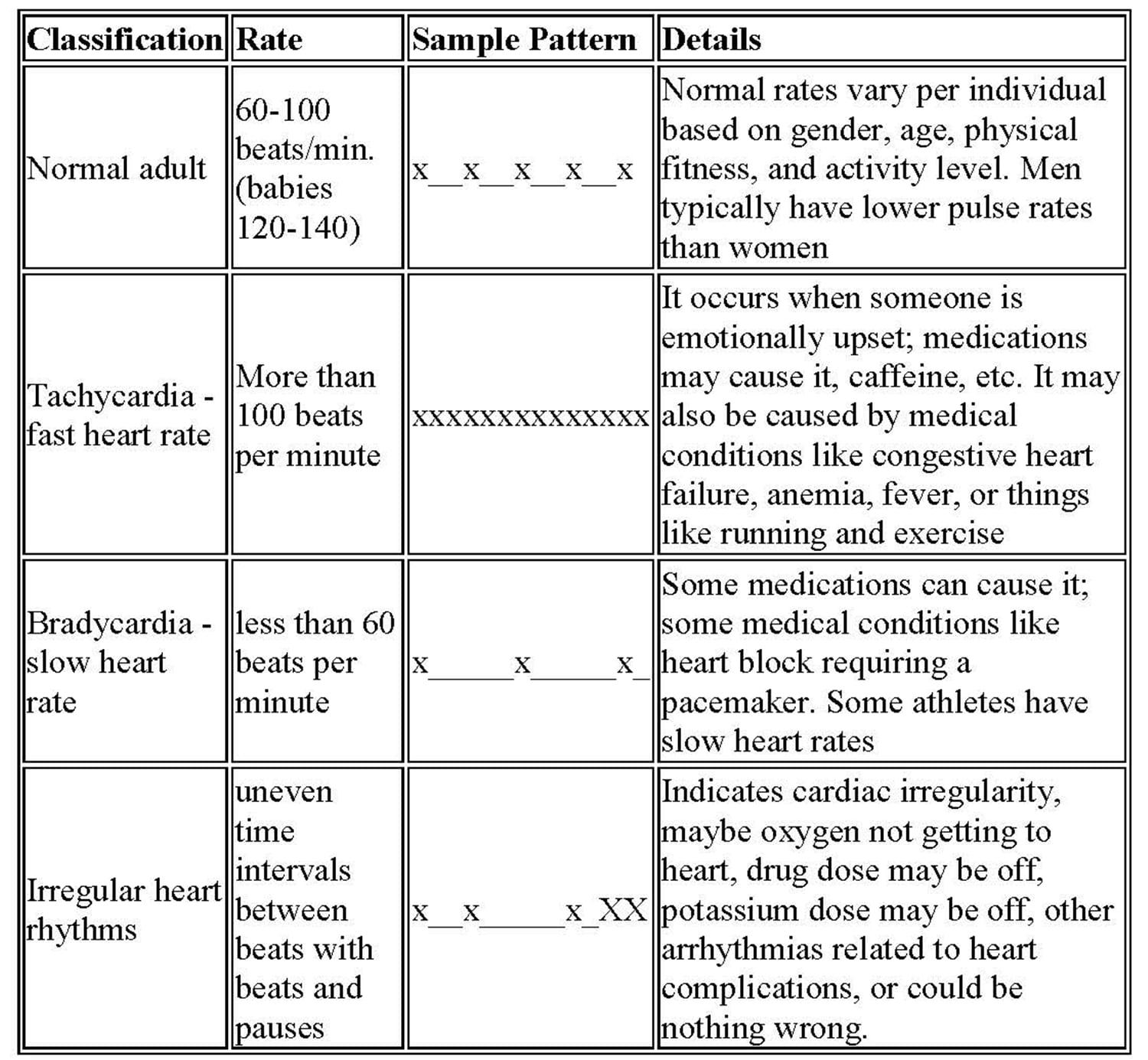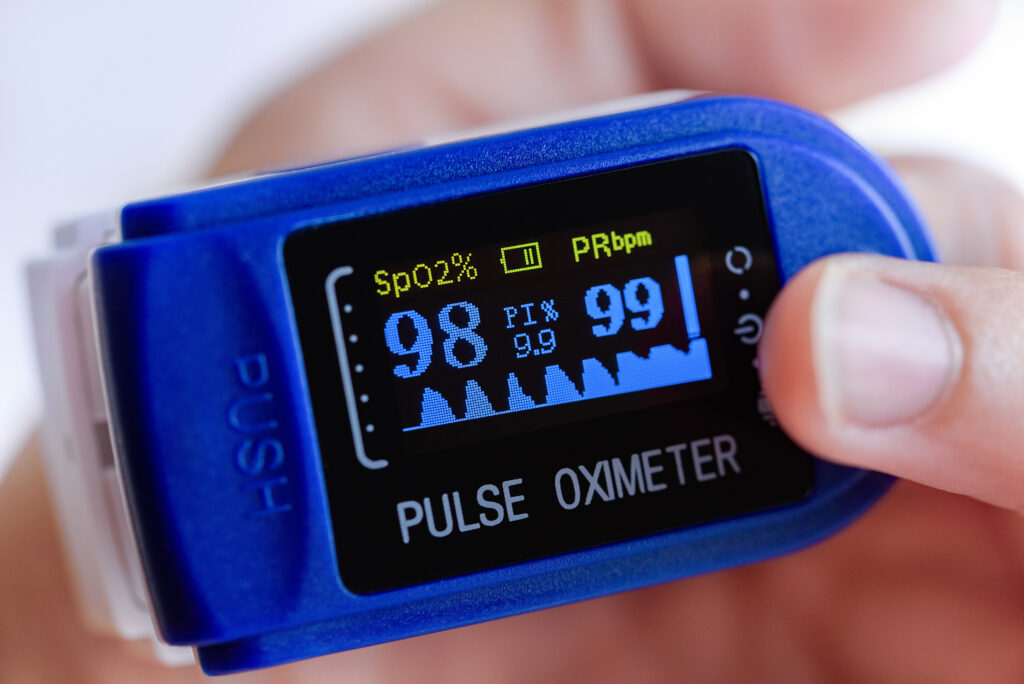Monitoring Vital Signs and Understanding the Pulse
One of the blood’s primary functions is to carry oxygen to all parts of the body and remove waste products on the way back. If blood is not circulating, then oxygen is not being delivered where it needs to go. The organs of the body are not receiving the essential oxygen necessary to survive. Organs have a limited time frame that they can survive without oxygen before permanent damage occurs. The amount of damage and the impact differ among the organs, but it is best to try to keep blood circulating everywhere effectively to be on the safe side.
The Role of Hemoglobin with Oxygen
Oxygen in the blood attaches to hemoglobin on the red blood cells and carries it throughout the body. While having adequate blood pressure and pulse are necessary to distribute oxygen to the body’s distant parts, it takes more than the heart and lungs to get oxygen to where it needs to go. Oxygen distribution relies mainly on the blood, maintaining enough iron, ferritin, hemoglobin, and red blood cells. Without these essential elements, the oxygen can’t stick and travel as it should, and most will flow past its destination unused.
Pulse Ox
Using pulse oximetry (pulse ox) and the other readings help provide a better overall picture of your family member’s condition. They are easy to use and affordable. Most of them work by slipping them over the end of a finger, allowing infrared light to penetrate the skin and read the arterial blood’s color. The color of the blood denotes the amount of oxygen in the blood. Readings of 95-100% are typical, with readings below 92% indicating a problem. Let your doctor know if you are consistently getting readings below 92%, which is new and unexpected.
Your Pulse Can Tell You a Wealth of Information
Most people know that if you do not have a pulse, you are not alive, but the pulse can tell you a lot more than that. The pulse tells us how hard the heart is working and if it is working correctly. Therefore, it is an excellent indicator of overall wellbeing.
Ten Pulse Points

The heart makes a pulse sound as it pumps blood into the aorta. We have ten strong pulse points located on the body: temporal (temple of the head), carotid (neck), the apex of the heart (over the heart), brachial (bend of the elbow), radial (wrist in-line with thumb), ulnar (wrist in-line with pinky finger), femoral (groin), popliteal (behind the knee), posterior tibialis (behind ankle), or dorsalis pedis (top of the foot near toes). Some of these are weaker to feel with your fingers than others.
We primarily use the radial (wrist near thumb), carotid (neck), and apex of the heart. Due to the difficulty in getting to the other sites as quickly or easily, use them only for specific medical evaluations when requested. However, any pulse point works to check the heart rate, and the number obtained at one site should be the same at all other sites unless a problem exists at that location.
How Does a Healthy Pulse React?
A healthy pulse has a regular rhythm, i.e., a steady beating pattern that responds correctly to changes in your activity level and environment. It speeds up when you increase activities and slows down when you rest. If you become overly warm, your body temperature rises; if you become excessively cold, it drops.
The pulse goes up and down to adapt to the body’s need for energy, temperature control, fluid and chemical regulation in the body, and fight and flight signals in the brain. Therefore, your pulse, blood pressure, and body temperature tell your doctor a lot about your body’s stress.
Follow these links to videos showing how to perform a pulse check:
Radial Pulse Assessment
Pulse Points Assessment
Lippincott Nursing Procedures (2019) 8th Ed. Philadelphia: Wolters Kluwer, 651.
Pulse Classifications, Patterns and Details

Lippincott Nursing Procedures (2019) 8th Ed. Philadelphia: Wolters Kluwer, 651.

